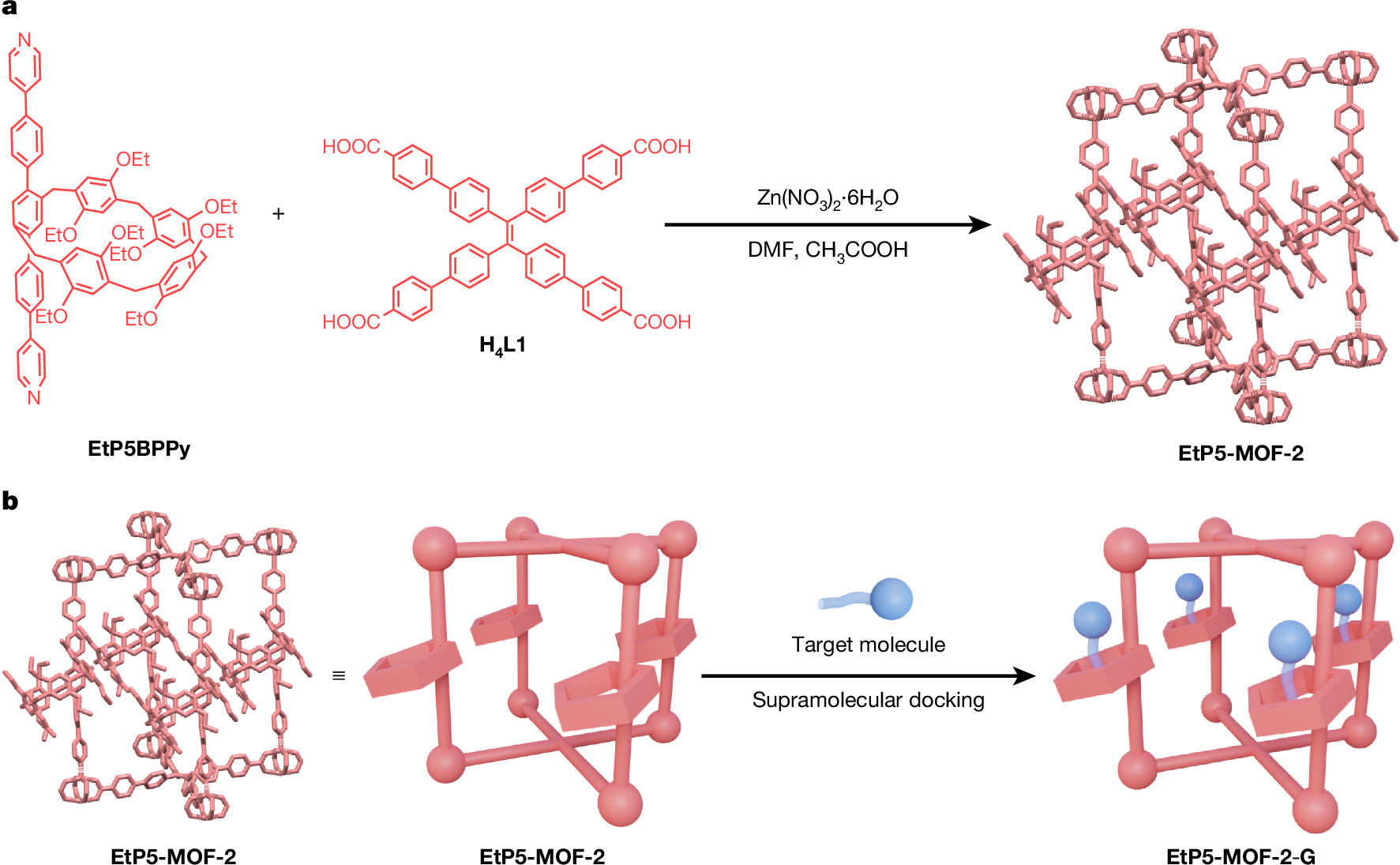2025-05-29 ニューサウスウェールズ大学(UNSW)
<関連情報>
- https://www.unsw.edu.au/newsroom/news/2025/05/re-inventing-cheese-wheel-optimising-plant-based-dairy
- https://ift.onlinelibrary.wiley.com/doi/10.1111/1541-4337.70201
食品中のエマルションゲルを構造化するための設計パラダイムとしてのダブルネットワーク Double Network as a Design Paradigm for Structuring Emulsion Gels in Food
Canice Chun-Yin Yiu, Yong Wang, Cordelia Selomulya
Comprehensive Reviews in Food Science and Food Safety Published: 15 May 2025
DOI:https://doi.org/10.1111/1541-4337.70201

ABSTRACT
Emulsion gels can be potentially used to structure lipids when developing novel plant-based food products. Current emulsion gels comprising a single polymeric network in the continuous phase are limited in their ability to deliver the desired textural and functional properties. In biomedical engineering, double-network hydrogels are extensively used. Here, the concept was applied to create double-network emulsion gels with enhanced stability, texture, and encapsulation of bioactive ingredients to closely mimic animal-based food. The existence of a second network is crucial to tuning the thermal characteristics for cooking stability and controlled release for functional food applications. The textural and thermal characteristics in dual gel network systems could be modulated by varying the concentration of individual biopolymers and/or gelators. Albeit the improvement compared to a single gel system, there are still challenges in creating double-network emulsion gel systems from food proteins and polysaccharides, mainly due to the differences in osmotic pressure of the hydrophilic continuous polysaccharide gel network and the hydrophobic dispersed oil phase. This led to apparent phase separations in these mixed protein-polysaccharide systems that have negative implications on the gel strength of these gels. This review provides a summary of the current understanding of double-network emulsion gels in terms of formation, network interaction, and implications on their properties relevant to food processing and product applications. The double-network emulsion gels could be a better option for structuring lipids than single-network emulsion gels and oleogels in plant-based food products.



